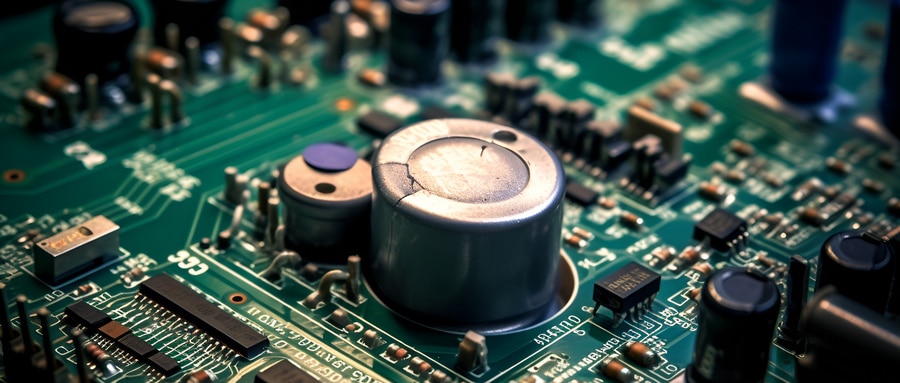Split Keyboard PCBs Unveiled: Exploring Their Design, Manufacturing, and Impact on Ergonomics
Modern ergonomic keyboard design has seen tremendous advances due to the rise of split keyboard PCBs. These innovative devices feature two distinct PCB boards joined together at their points of juncture for maximum comfort during typing sessions and increased user typing experience.
The Split Keyboard PCB forms the core of ergonomic innovations designed to reduce muscle strain, decrease discomfort and speed typing speeds. At its heart lies this innovative keyboard which offers key matrix formation, customization options and firmware programming for optimal use.
Designing a split keyboard PCB requires careful consideration. The circuitry must be separated precisely to allow both sides to function independently but still communicate efficiently with one another. Keys, switches, diodes, and controller placement is key for maintaining typing performance, responsiveness and overall functionality.
Tools like EDA (Electronic Design Automation) software are instrumental to designing PCBs. Engineers using this program are able to draft, layout and diagram routes for all electronic components on the board before proceeding onto manufacturing phase.
Manufacturing begins by selecting an appropriate substrate material – typically fiberglass or FR4 material – before transferring the PCB layout onto it and creating copper traces necessary for receiving and transmitting keyboard inputs. Once these traces have been established, soldering of keys, switches, diodes and controllers according to their predetermined design is complete.
Notably, firmware or the “brain” of these PCBs deserves consideration as well. These control codes determine how the keyboard interprets keypresses, providing communication between its two halves as well as providing programming features.
Split keyboard PCBs’ unique selling proposition lies in their unparalleled ergonomic benefits. Allowing users to angle, tent or separate the two halves enables these keyboards to adapt more closely with natural hand positioning – thus relieving stress from wrists and fingers and relieving tension from typing activities such as programming, computing and data entry positions – which has led to them gaining widespread adoption for longer typing activities like programming, computing and data entry jobs; dramatically decreasing Repetitive Strain Injuries (RSI) and Carpal Tunnel Syndrome risks associated with prolonged typing activities.

Split keyboard PCBs represent a revolutionary step in keyboard designs, providing greater ergonomic comfort, reducing potential health complications and improving typing performance. When encountering one or using one for yourself, take note of its ingenuity; every keypress reveals intricate engineering.
Split Keyboard PCB FAQ:
- Q: What is a split keyboard printed circuit board?
A: A split keyboard PCB is a Printed Circuit Board designed for a split keyboard, a keyboard divided into two or more parts. It allows each hand to type on its section, promoting a more natural hand posture. - Q: Why use a split keyboard printed circuit board?
A: Use of split keyboards can help reduce hand and wrist strain from long periods of typing, leading to increased comfort and potentially improved long-term health for the user. - Q: Can I program a split keyboard printed circuit board?
A: Yes, many split keyboard printed circuit boards are programmable allowing for custom key layouts, macros, and more. - Q: What connection is used between the parts of a split keyboard?
A: The two halves of a split keyboard typically connect using a TRRS (Tip-Ring-Ring-Sleeve) cable or via a wireless connection. - Q: How does a hot-swappable split keyboard printed circuit board work?
A: A hot-swappable PCB allows for the key switches to be removed and replaced without soldering, providing flexibility for users to customize their keyboard feel and sound. - Q: Is it difficult to assemble a split keyboard?
A: The challenge of assembling a split keyboard varies on the complexity of the kit and the user’s experience level with electronics. Detailed guides are often provided with kits to assist users in assembly. - Q: Are there wireless split keyboard printed circuit boards available?
A: Yes, wireless split keyboard printed circuit boards are available, offering users flexibility of use and a cleaner desk setup without cable clutter. - Q: What materials are typically used for split keyboard printed circuit boards?
A: As with most PCBs, materials like FR4 (Fiberglass-Reinforced Epoxy Laminate) can be commonly used in split keyboard printed circuit boards. - Q: Can I buy a split keyboard PCB separately?
A: Yes, many manufacturers and distributors sell split keyboard printed circuit boards separately, allowing for users to have flexibility in their keyboard builds. - Q: What is an ortholinear split keyboard printed circuit board?
A: An ortholinear split keyboard printed circuit board is designed for an ortholinear split keyboard, where the keys are aligned straight up and down instead of the traditional staggered layout. This can be more ergonomic and efficient for users, though there may be a learning curve.























